Qu'est-ce qu'un débitmètre de liquide ?
A débitmètre de liquide est un dispositif utilisé pour mesurer le débit d'un liquide dans un tuyau ou une conduite. Il permet de quantifier la quantité de liquide qui passe dans un système, assurant ainsi un contrôle, une surveillance et une optimisation précis des processus industriels. Les débitmètres de liquide sont largement utilisés dans des industries telles que le traitement de l'eau, le pétrole et le gaz, l'alimentation et les boissons, le traitement chimique et les produits pharmaceutiques.
Les débitmètres mesurent soit débit volumétrique (volume de liquide passant par unité de temps) ou débit massique (masse de liquide passant par unité de temps). Le type de liquide, ses propriétés (telles que la viscosité ou la température) et les exigences spécifiques de l'application déterminent le type de débitmètre le plus approprié.
Les débitmètres sont essentiels pour maintenir l'efficacité, réduire les déchets et assurer un contrôle précis du débit des liquides dans diverses opérations industrielles et commerciales. Comme il existe de nombreux types de liquides et de technologies de débitmètres, il est essentiel de choisir le bon appareil pour obtenir des mesures précises.
Table des matières
Types de liquides
Les différents liquides ont des propriétés uniques qui influencent la façon dont ils s'écoulent dans une canalisation. Il est essentiel de comprendre la nature du liquide pour déterminer le débitmètre à utiliser. Vous trouverez ci-dessous les types de liquides les plus courants et leurs principales caractéristiques :
- L'eau: L'eau est l'un des liquides les plus couramment mesurés. Elle est généralement facile à manipuler, mais sa température, sa pression et sa pureté peuvent varier. Elle peut être propre (eau potable), contaminée (eaux usées) ou traitée pour des usages spécifiques.
- Liquides visqueux: Les huiles, les sirops et autres liquides épais entrent dans cette catégorie. Ces liquides s'écoulent souvent plus lentement et peuvent nécessiter des compteurs spécialisés pour tenir compte de leur viscosité élevée.
- Produits chimiques: Les produits chimiques peuvent varier considérablement en termes de viscosité, de corrosivité et de réactivité. Le choix du bon compteur pour les produits chimiques nécessite souvent de sélectionner des matériaux capables de résister aux propriétés corrosives du produit chimique.
- Boues: Une boue est un mélange de liquides et de solides, tels que la boue, le béton ou la pâte à papier. Les boues peuvent être très abrasives et risquent d'obstruer ou d'endommager certains débitmètres.
- Hydrocarbures: Le pétrole brut, les produits pétroliers raffinés et les liquides de gaz naturel sont généralement mesurés dans l'industrie pétrolière et gazière. Ces liquides peuvent avoir des viscosités, des densités et des débits variables.
- Liquides alimentaires et boissons: Dans l'industrie alimentaire et des boissons, les liquides comprennent des produits tels que le lait, la bière, les jus, les sirops et les huiles de cuisson. Ces liquides nécessitent des débitmètres qui répondent normes d'hygièneIls sont faciles à nettoyer et peuvent traiter une gamme de viscosités sans contaminer le produit.
Facteurs à prendre en compte lors du choix des débitmètres de liquide
Avant de choisir des débitmètres pour liquides, il est essentiel d'évaluer les besoins spécifiques de votre application et les propriétés du liquide à mesurer. Voici les facteurs clés à prendre en compte :
1. Viscosité
La viscosité fait référence à l'épaisseur d'un liquide et à sa résistance à l'écoulement. Les liquides à forte viscosité, tels que les huiles et les sirops, s'écoulent plus lentement et nécessitent des débitmètres capables de traiter des fluides épais et à faible vitesse. Les compteurs à déplacement positif ou à Coriolis sont généralement mieux adaptés aux liquides à forte viscosité.
2. Débit
La plage de débit requise est un facteur essentiel dans le choix du bon compteur. Certains débitmètres, comme les compteurs à turbine, sont idéaux pour les conditions de débit élevé, tandis que d'autres, comme les compteurs à masse thermique, fonctionnent mieux à des débits plus faibles. Il est essentiel de s'assurer que le compteur peut mesurer avec précision dans la plage de débit souhaitée.
3. Conductivité
Certains débitmètres, comme les débitmètres électromagnétiques (mag), ne fonctionnent qu'avec des liquides conducteurs (c'est-à-dire des liquides qui peuvent porter une charge électrique). Pour les liquides non conducteurs comme les hydrocarbures, un autre type de débitmètre est nécessaire, comme les compteurs à ultrasons ou à déplacement positif.
4. Corrosivité
Si le liquide est chimiquement réactif ou corrosif, il est essentiel de choisir un débitmètre dont les matériaux résistent à la dégradation. Les procédés chimiques nécessitent souvent des débitmètres fabriqués dans des matériaux résistants à la corrosion, tels que l'acier inoxydable ou des revêtements spéciaux comme le PTFE.
5. Teneur en particules
Certains liquides contiennent des particules solides ou des sédiments (par exemple, des boues ou des eaux usées). Les débitmètres conçus pour les liquides propres peuvent ne pas fonctionner correctement dans ces conditions, ce qui entraîne un colmatage ou des mesures imprécises. Dans ce cas, les débitmètres à mages, à vortex ou à ultrasons sont plus appropriés, car ils peuvent traiter des fluides chargés de particules.
6. Température et pression
Des conditions extrêmes de température ou de pression peuvent affecter les performances d'un débitmètre. Certains débitmètres, comme les débitmètres à effet Coriolis ou les débitmètres magnétiques, sont mieux adaptés aux environnements à haute température et à haute pression, tandis que d'autres peuvent se dégrader ou perdre en précision.
7. Exigences en matière d'exactitude et de précision
La précision requise dépend de l'application. Par exemple, les applications liées à la facturation, au transfert de garde ou à la conformité réglementaire nécessitent des compteurs très précis, tels que les compteurs Coriolis ou les compteurs à déplacement positif. D'autres applications, comme la surveillance générale, peuvent tolérer des niveaux de précision plus faibles.
8. Normes d'hygiène pour les applications dans le domaine des aliments et des boissons
Dans les industries alimentaires et des boissons, les débitmètres doivent répondre aux exigences suivantes des normes sanitaires strictes pour éviter toute contamination. Les débitmètres doivent être fabriqués en matériaux de qualité alimentaire comme l'acier inoxydable et être conçu pour un nettoyage facile (CIP/SIP). Non intrusif ou compteurs sans contact sont souvent préférés pour éviter la contamination et simplifier les processus de nettoyage.
Débitmètres pour liquides recommandés
Voici les types de débitmètres les plus couramment recommandés pour différents liquides, avec leurs avantages, leurs inconvénients et les raisons pour lesquelles ils sont recommandés.
1. Débitmètres électromagnétiques (magnétiques)
Idéal pour : Eau, eaux usées, boues et liquides conducteurs.
Comment cela fonctionne-t-il ? Débitmètres électromagnétiques (compteurs magnétiques) fonctionnent en générant un champ magnétique et en mesurant la tension produite lorsqu'un liquide conducteur le traverse. La tension est proportionnelle au débit.
Pourquoi le recommander ? Les compteurs Mag sont extrêmement fiables et polyvalents, ce qui les rend idéaux pour mesurer l'eau, les eaux usées et les boues. Leur durabilité et leur capacité à traiter des liquides sales ou chargés de particules sans se boucher les rendent bien adaptés aux systèmes d'eau industriels et municipaux.

Pour :
- Très précis pour les liquides conducteurs.
- Pas de pièces mobilesLe système d'alimentation en eau de l'usine de traitement de l'eau est très efficace, ce qui permet de réduire l'entretien.
- Convient pour les liquides sales ou contaminésy compris les boues et les eaux usées.
- Disponible en conceptions hygiéniquesLes produits de la gamme sont conçus pour répondre aux exigences sanitaires les plus strictes pour les applications dans le domaine de l'alimentation et des boissons.
Cons :
Ne fonctionne qu'avec liquides conducteursne convient pas pour les hydrocarbures ou les produits chimiques non conducteurs.
2. Débitmètres à effet Coriolis
Idéal pour : Liquides à haute viscosité, produits chimiques, hydrocarbures et applications critiques nécessitant une mesure de débit massique.
Comment cela fonctionne-t-il ? Les débitmètres Coriolis mesurent le débit massique en détectant l'effet Coriolis, qui se produit lorsque le fluide passe dans des tubes vibrants. Le débitmètre mesure le déphasage causé par la masse du fluide, ce qui permet d'obtenir des mesures précises du débit massique.
Pourquoi le recommander ? Les débitmètres à effet Coriolis sont très précis et peuvent traiter une grande variété de liquides, ce qui les rend idéaux pour les industries qui exigent de la précision, telles que les industries pétrolières et gazières, chimiques et alimentaires. Leur capacité à mesurer directement le débit massique garantit une facturation précise, la conformité aux réglementations et le contrôle des processus.
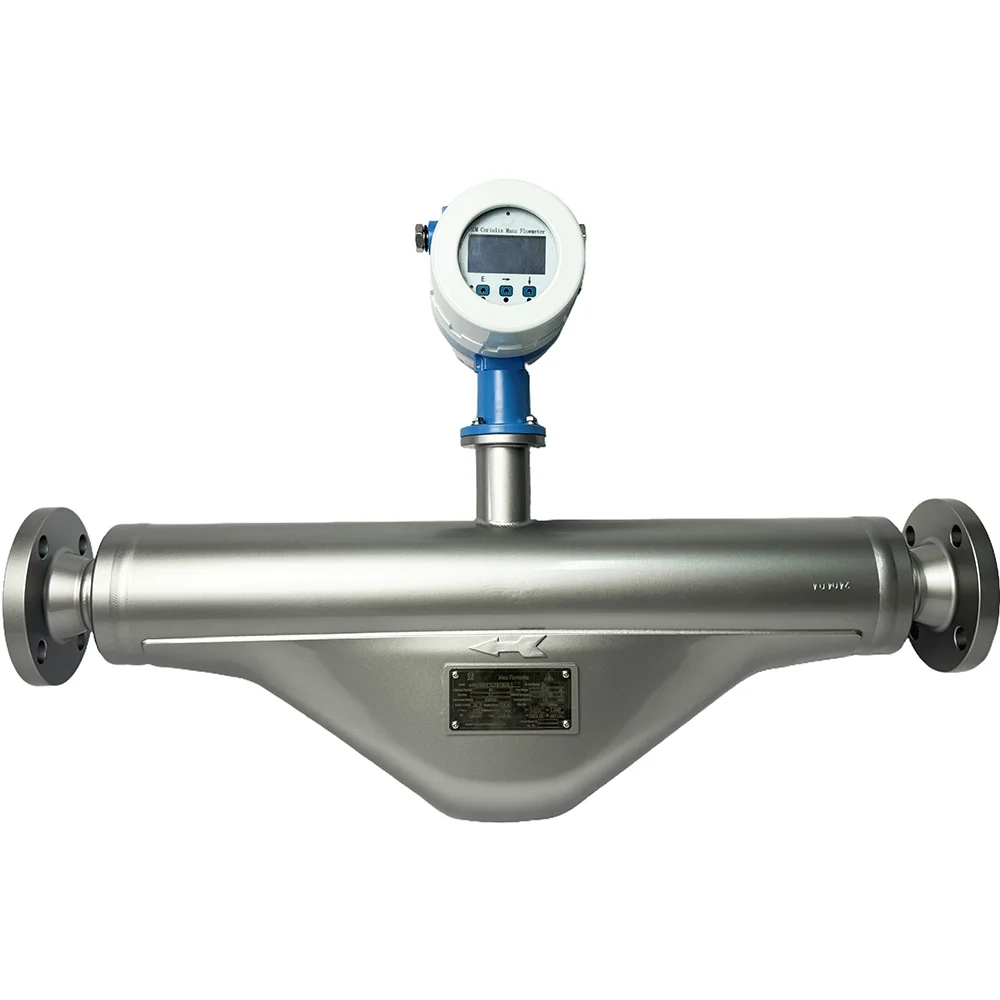
Pour :
- Extrêmement précisLe système de contrôle de la qualité de l'eau de mer est adapté aux applications critiques telles que le transfert de fonds ou le traitement des produits chimiques.
- Mesures débit massique directementindépendamment de la température, de la pression ou de la densité du fluide.
- Peut traiter une large gamme de viscosités et les conditions d'écoulement.
Cons :
- Coûteuxgrâce à une technologie avancée et à des composants de haute précision.
3. Débitmètres à ultrasons
Idéal pour : Eau propre, huiles, produits chimiques non conducteurs et applications nécessitant une installation discrète.
Comment cela fonctionne-t-il ? Les débitmètres à ultrasons utilisent des ondes sonores pour mesurer la vitesse du liquide. Les débitmètres à ultrasons à temps de transit mesurent la différence de temps entre les ondes sonores envoyées en amont et en aval pour calculer le débit.
Pourquoi le recommander ? Les débitmètres à ultrasons sont idéaux pour les applications nécessitant des mesures non intrusives, telles que les grandes canalisations ou les situations où les temps d'arrêt sont coûteux. Leur polyvalence avec l'eau propre et les liquides non conducteurs en fait une option fiable pour une utilisation industrielle et commerciale.

Pour :
- Installation discrète Les options, telles que les modèles à pince, permettent d'effectuer des mesures sans couper le tuyau ni interrompre l'écoulement.
- Pas de pièces mobilesréduisant ainsi les besoins de maintenance.
- Convient pour liquides non conducteursy compris les huiles et certains produits chimiques.
Cons :
- Les performances sont affectées par pureté des liquides et les changements de température.
- Moins efficace pour les liquides contenant des bulles d'air ou des particules, qui peuvent déformer les ondes sonores.
- Coûteuxsurtout pour les installations de tuyaux de grande taille.
4. Débitmètres à déplacement positif (DP)
Idéal pour : Les liquides à haute viscosité tels que les huiles, les sirops, les carburants et les liquides dans les applications alimentaires et les boissons nécessitant une grande précision et des normes d'hygiène.
Comment cela fonctionne-t-il ? Les débitmètres à déplacement positif piègent un volume spécifique de fluide dans des chambres et comptent le nombre de fois que les chambres sont remplies et vidées pour calculer le débit. Ces compteurs sont idéaux pour les liquides à haute viscosité et les applications exigeant de la précision.
Pourquoi le recommander ? Les compteurs volumétriques sont largement utilisés dans les industries qui manipulent des liquides à haute viscosité comme les huiles, les sirops et les carburants. Dans les l'industrie alimentaire et des boissonsIls excellent dans les applications nécessitant des conceptions sanitaires et des mesures de débit précises, telles que le remplissage, la mise en lots et le dosage. Leur précision, leur fiabilité et leurs options hygiéniques les rendent particulièrement adaptés aux produits laitiers, aux jus, aux sauces et aux sirops.

Pour :
- Très précis pour les liquides à faible débit et à haute viscosité.
- Convient pour liquides non conducteursLes produits à haute viscosité, y compris les huiles, les carburants et les produits alimentaires et les boissons comme les sirops.
Cons :
- Généralement plus grande et plus complexe que les débitmètres plus simples, ce qui augmente les exigences en matière d'installation.
- Composants mécaniques nécessitent un entretien régulier en raison de l'usure.
- Pas idéal pour les débits élevés ou des liquides contenant des particules solides, qui peuvent causer des dommages ou des obstructions.
5. Débitmètres à vortex
Meilleur pour : Liquides propres et de faible viscosité, vapeur et certains produits chimiques.
Comment cela fonctionne-t-il ? Compteurs à vortex fonctionnent en plaçant un corps en forme de falaise dans le flux d'écoulement. Lorsque le liquide s'écoule autour du corps, des tourbillons sont générés, et la fréquence de ces tourbillons est proportionnelle au débit.
Pourquoi le recommander ? Les débitmètres à vortex sont particulièrement utiles pour les liquides propres et de faible viscosité, ainsi que pour les environnements soumis à des températures ou des pressions élevées. Ils sont couramment utilisés dans l'industrie alimentaire et des boissons pour les applications où de la vapeur propre ou des liquides à faible viscosité sont utilisés dans le processus de production. Grâce à leur conception hygiénique, ils conviennent à des applications telles que stérilisation à la vapeur et processus à température contrôlée dans la production alimentaire.

Pour :
- Pas de pièces mobilesLe système d'alimentation en eau de l'usine de traitement de l'eau est très efficace, ce qui permet de réduire l'entretien.
- Convient pour haute température et haute pression des applications.
- Peut mesurer une large gamme de fluidesLes produits de la mer sont des produits de la mer, y compris des liquides, des gaz et de la vapeur.
Cons :
- Pas idéal pour les liquides à haute viscosité ou des boues, car ils peuvent perturber la formation de tourbillons.
- Moins précis pour les faibles débits et les liquides visqueux.
- Peut être affectée par turbulence et vibrationce qui entraîne des mesures inexactes.
6. Débitmètres à turbine
Idéal pour : Les liquides à faible viscosité comme l'eau, les carburants et les huiles à faible viscosité, ainsi que certaines applications alimentaires et de boissons.
Comment cela fonctionne-t-il ? Débitmètres à turbine utilisent un rotor qui tourne proportionnellement à la vitesse du liquide qui le traverse. Lorsque le liquide traverse le compteur, la vitesse de rotation des pales de la turbine est mesurée et convertie en débit.
Pourquoi le recommander ? Les débitmètres à turbine sont largement utilisés dans les industries où l'on mesure des liquides propres et de faible viscosité comme l'eau, les carburants et les huiles hydrauliques. Dans les applications alimentaires et les boissons, les compteurs à turbine sanitaires sont utilisés pour mesurer des liquides de faible viscosité comme le jus, la bière et les produits laitiers. Leur prix abordable et leur polyvalence en font un choix populaire dans les environnements commerciaux et industriels.

Pour :
- Bonne précision pour les liquides de faible viscosité et les débits élevés.
- Rentabilité pour les applications ne nécessitant pas une grande précision.
- Large gamme de débitsce qui permet de l'utiliser aussi bien pour des débits faibles que pour des débits élevés.
Cons :
- Ne convient pas pour les liquides à haute viscosité, car le rotor risque de ne pas tourner efficacement.
- Pièces mobiles peuvent s'user avec le temps, en particulier dans les liquides sales ou visqueux, ce qui nécessite un entretien régulier.
- Moins précis pour faibles débits ou des liquides dont le débit est fluctuant.
Comment choisir le bon débitmètre de liquides
Le choix du débitmètre de liquide adapté à votre application est une décision cruciale qui peut avoir un impact significatif sur l'efficacité, la précision et la fiabilité de vos processus. Pour faire le meilleur choix, suivez les étapes suivantes :
- Comprenez votre liquide : Analysez les propriétés du liquide que vous devez mesurer, notamment sa viscosité, sa conductivité, sa température et sa pression.
- Définissez vos exigences : Déterminez la précision requise, la plage de débit et toute norme ou réglementation industrielle spécifique à laquelle vous devez vous conformer.
- Examinez vos conditions de fonctionnement : Tenez compte de facteurs tels que la température, la pression et la présence de particules ou de bulles d'air dans le liquide.
- Évaluer les contraintes d'installation : Tenez compte de l'espace disponible, de la configuration des conduites et de l'accessibilité pour l'entretien lorsque vous choisissez un type de compteur.
- Évaluer les coûts à long terme : Au-delà du prix d'achat initial, prenez en compte des facteurs tels que les besoins d'entretien, la consommation d'énergie et la durée de vie prévue du compteur.
- Consulter des experts : Contactez les fabricants de débitmètres ou des professionnels expérimentés qui pourront vous conseiller en fonction de vos besoins spécifiques.
- Tenez compte des besoins futurs : Choisissez un débitmètre capable de s'adapter à d'éventuelles modifications de votre processus ou à l'expansion de vos activités.
N'oubliez pas qu'il n'existe pas de solution unique en matière de débitmètres pour liquides. Chaque application présente des défis et des exigences qui lui sont propres. En examinant attentivement les facteurs présentés dans ce guide et en tirant parti des atouts des différents types de débitmètres, vous pouvez sélectionner le débitmètre le mieux adapté à vos besoins spécifiques.
Voici un résumé des meilleurs débitmètres pour différents types de liquides et d'applications :
- Pour l'eau, les eaux usées et les boues: Choisir débitmètres électromagnétiques (mag)qui offrent une grande précision et une grande durabilité dans les environnements difficiles.
- Pour les liquides à haute viscosité comme les huiles et les sirops: Débitmètres à déplacement positif offrent une grande précision et conviennent aux conditions de faible débit.
- Pour les applications critiques nécessitant une mesure du débit massique: Optez pour Débitmètres à effet Coriolisqui offrent une extrême précision et sont polyvalents pour toute une gamme de viscosités de liquides.
- Pour les liquides propres et de faible viscosité comme l'eau et les carburants: Débitmètres à turbine offrent une solution économique pour mesurer des liquides de faible viscosité à des débits élevés.
- Pour les installations non intrusives ou les liquides non conducteurs: Considérer débitmètres à ultrasonsLa flexibilité de l'installation et l'absence d'entretien sont des priorités.
- Pour les applications dans le domaine de l'alimentation et des boissons: Sélectionnez des débitmètres conçus pour répondre aux exigences de la normes d'hygiène. Les débitmètres à déplacement positif, à turbine et Coriolis de conception sanitaire sont idéaux pour la manipulation de liquides tels que le lait, les jus, les sirops et la bière.

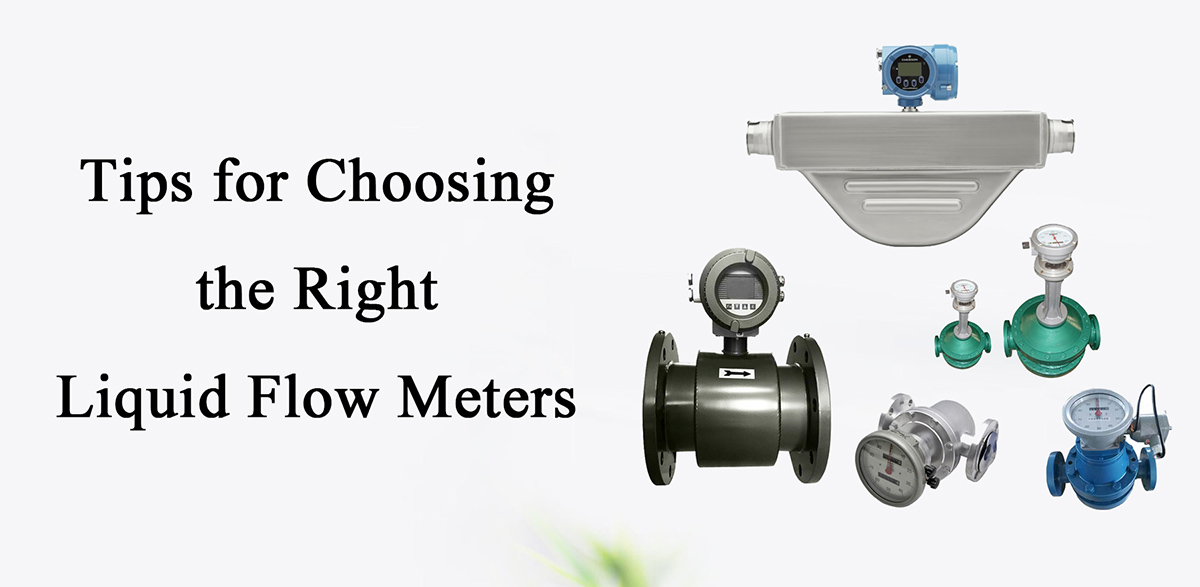
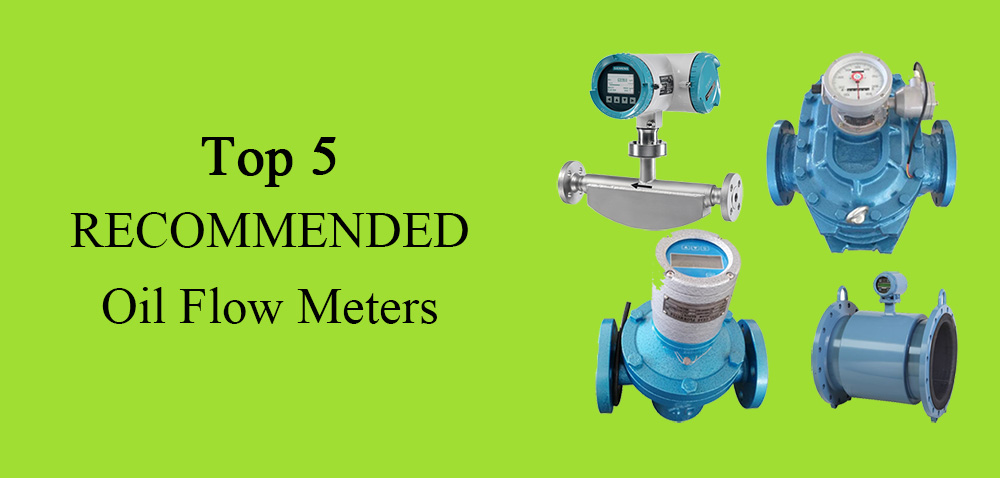
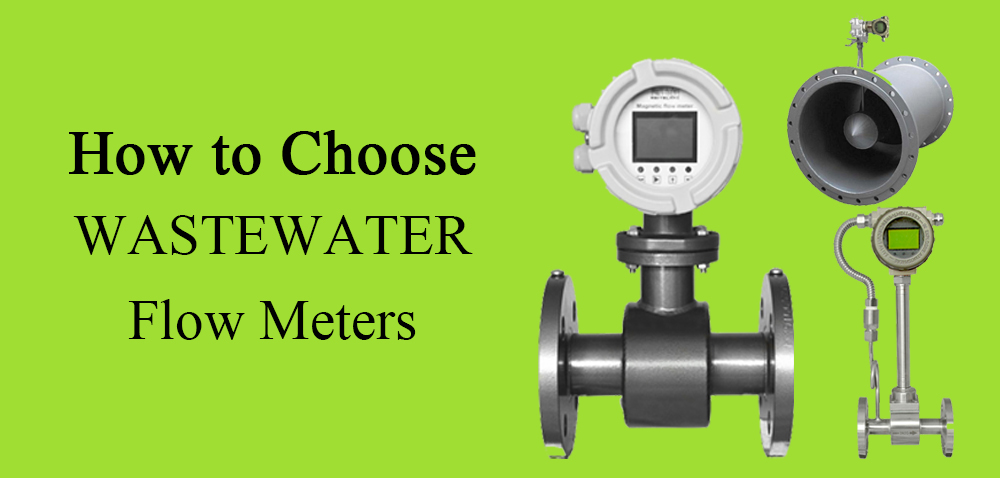
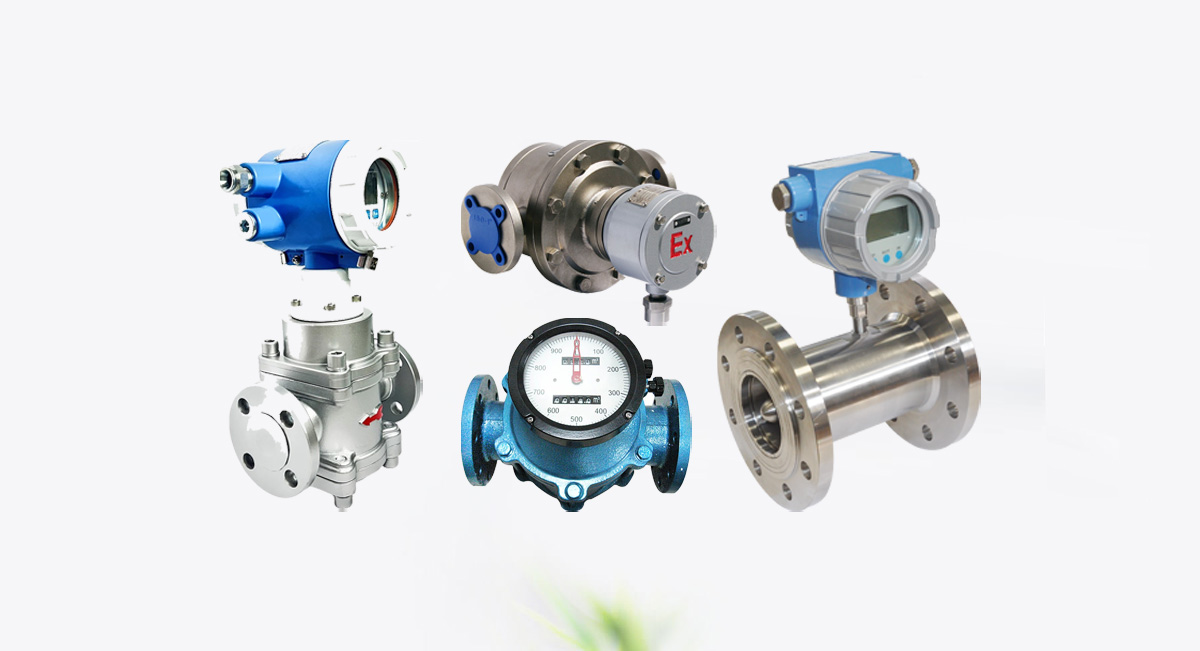
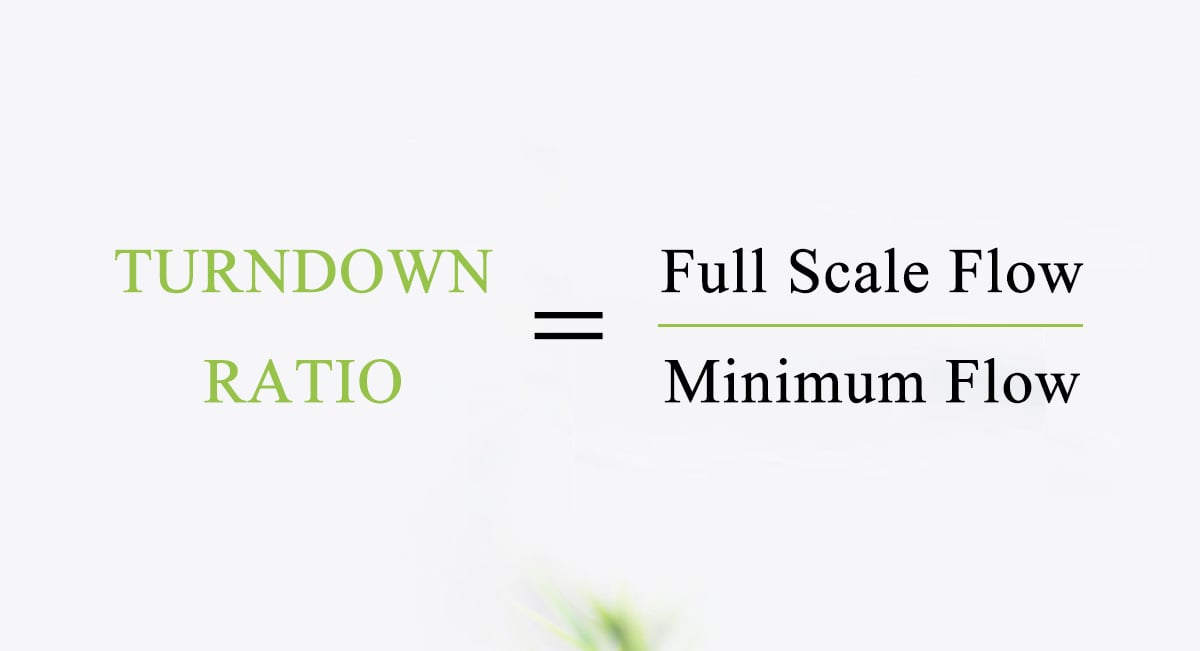
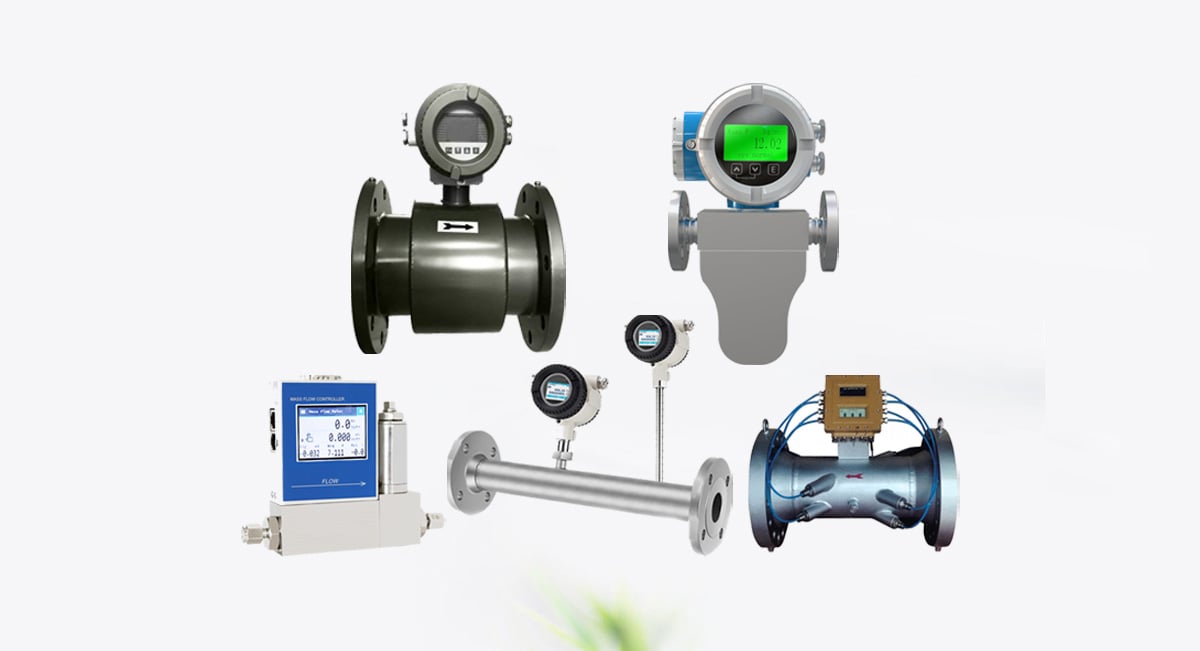
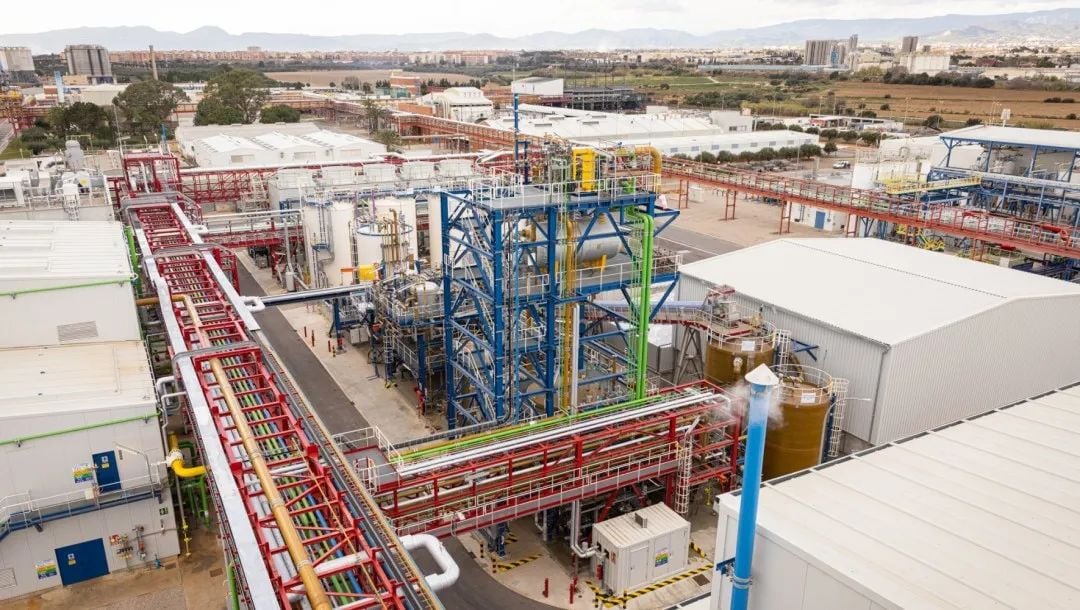
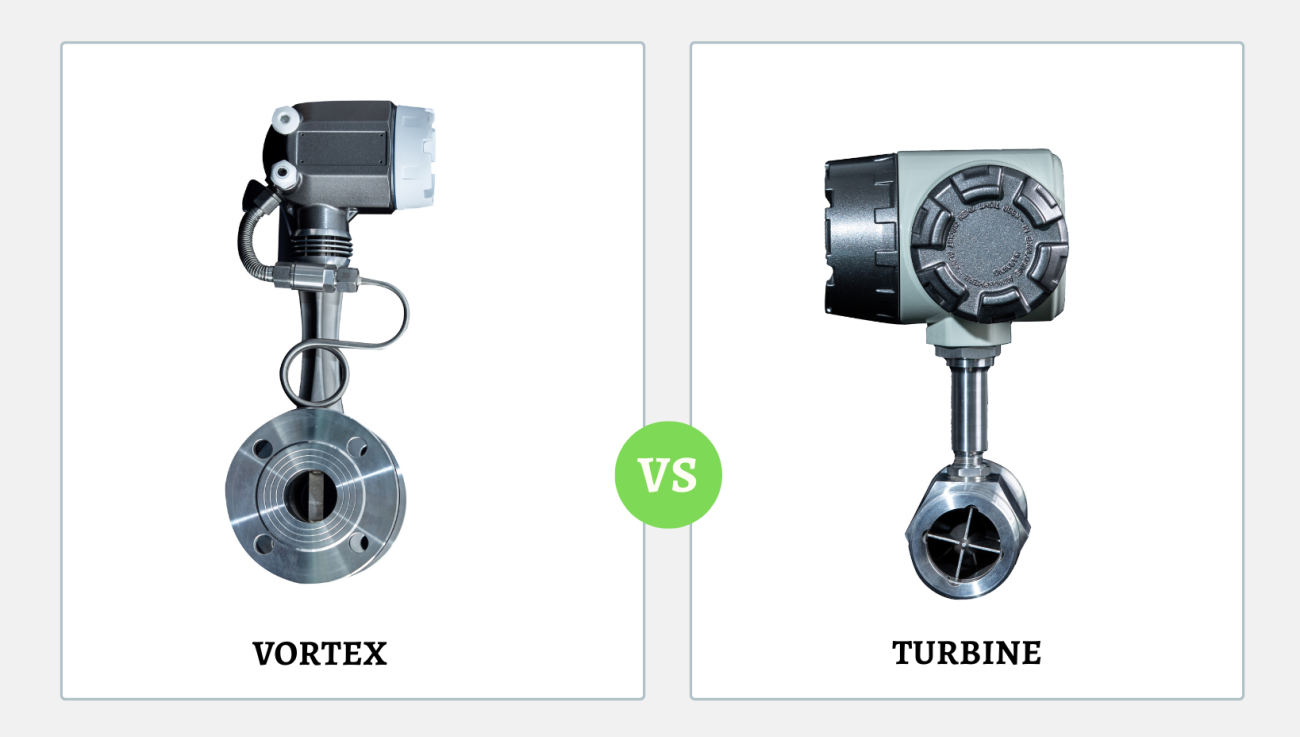
Laisser un commentaire